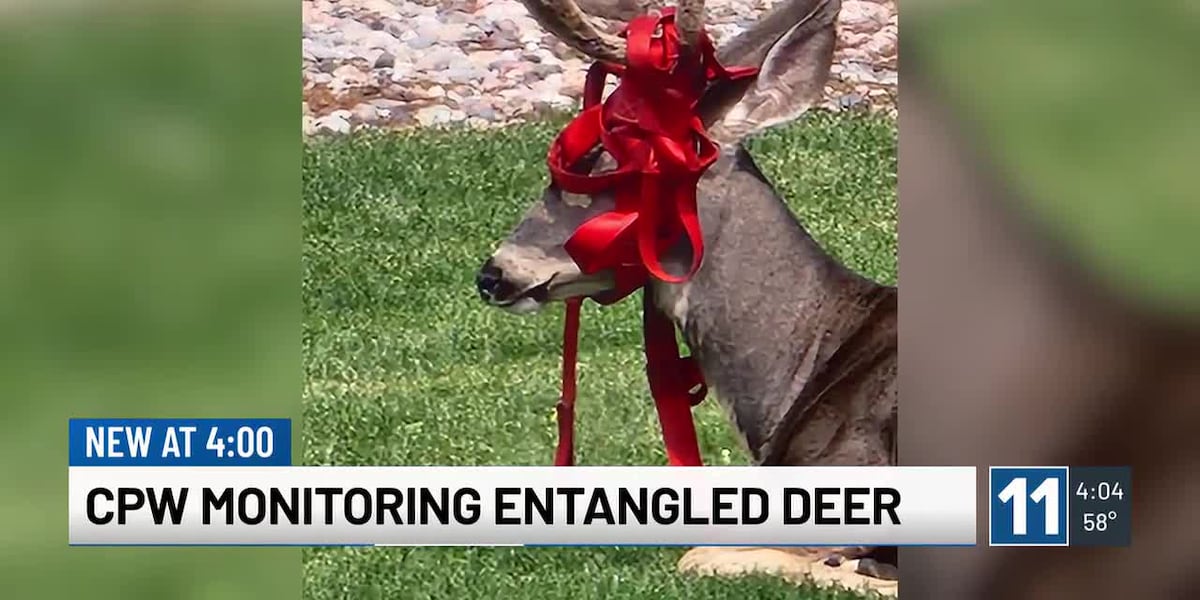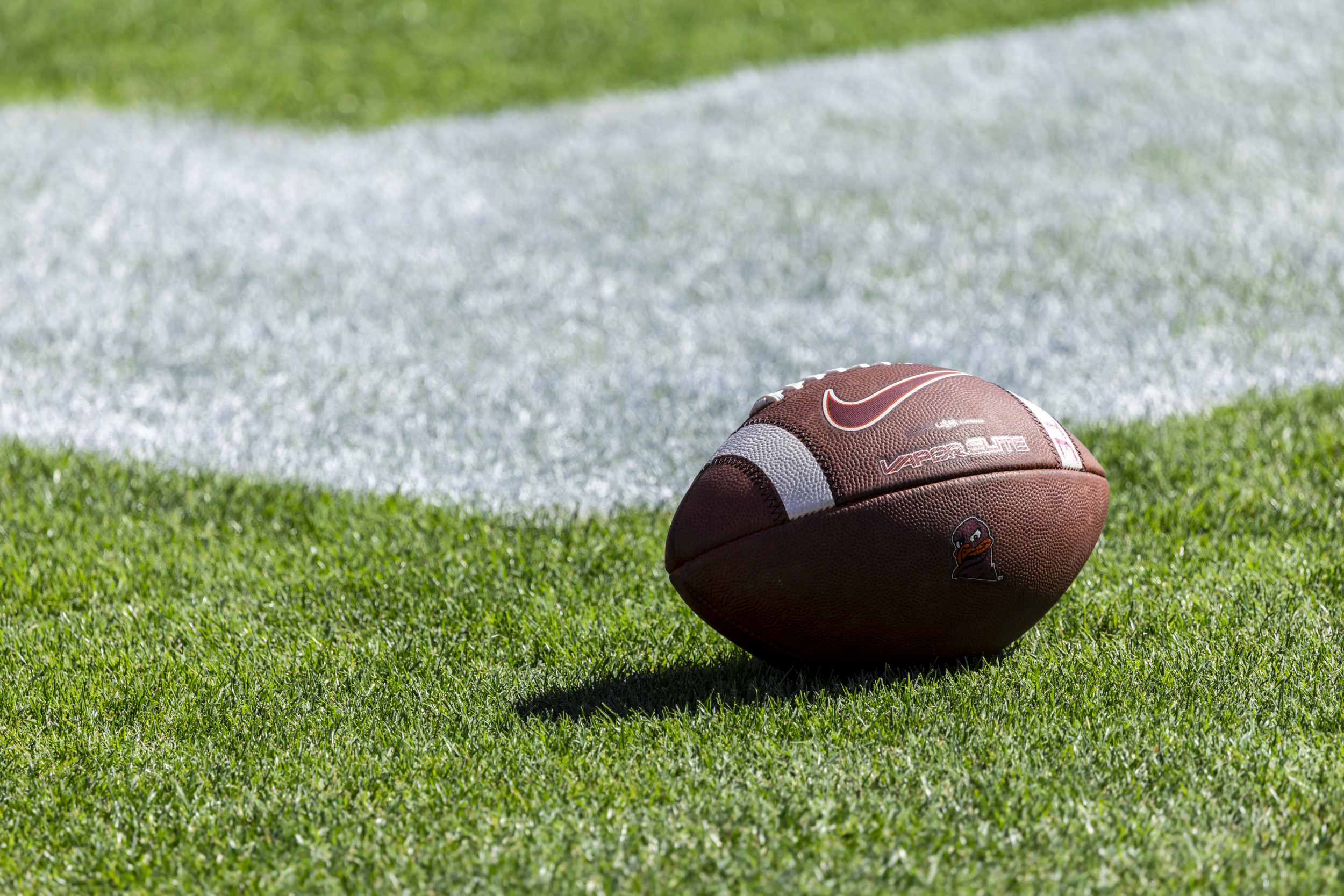Arizona is in the Associated Press Top 25 for the first time since 2017, which was also the last occasion it appeared in the College Football Playoff rankings. The Wildcats (6-3, 4-2 Pac-12) are also bowl eligible, knowing there will be at least one more game to play after the remaining three that are scheduled.
The UA’s opponent this week, Colorado, is in the complete opposite situation. The Buffaloes (4-5, 1-5) are reeling, after being ranked early in the season and landing tons of national attention thanks to first-year coach Deion Sanders, and have to win two of their last three including at least one road game to get to bowl eligibility.
Who knew Arizona would be on this side of a matchup in early November of its third season under Jedd Fisch. Seems unfathomable considering where the program was when he arrived.
“It’s all you could ask for,” Fisch said. “Throughout these tougher times through Arizona football in the recent past, I would say that there was not many conversations about Arizona football.”
A win for 23rd-ranked Arizona would guarantee it a winning record in Pac-12 play for the first time since 2017 and clinch a .500 or better conference road record for the first time since 2014.
Here’s what to watch for when the ‘Cats and Buffs meet in Boulder:
Avoiding the letdown
After playing a pair of top-10 teams to within one score, including a triple-overtime loss at USC, Arizona could have easily laid an egg the following week at Washington State. Instead it recorded its largest margin of victory on the road against a ranked opponent in school history.
A bye after that big win likely helped prevent a letdown when the Wildcats returned home to face Oregon State, and the combination of several players who had been at UCLA (as well as a few coaches) and the ability to get bowl-eligible probably helped keep them motivated for last week’s triumph.
But what’s the motivation for this one? Show up Coach Prime, even though he’s said nothing untoward about the UA? Avenge the 34-0 loss in Boulder from two years ago, a game only about a dozen current Wildcats played in? Give fans more incentive to buy tickets for the home finale next weekend against Utah?
This is only the fourth time this season Arizona has been favored, the first since the Pac-12 opener at Stanford on Sept. 23. The Wildcats were two-score favorites in that one and won by a point.
It’s understandable they weren’t favored against any of the five ranked teams they faced in a row, but this time around on paper they’re clearly the better team. Maybe then the main motivation is to prove that’s the case on the field.
Fast vs. slow
Colorado averages 78.1 offensive plays per game, compared to 68 for Arizona, and at home the Buffaloes snap it more than 80 times per game. They’re also one of the worst teams in the country in time of possession, while Arizona is near the top nationally.
In other words, Colorado is going to try to play fast to take advantage of the altitude and also to negate Arizona’s penchant for subbing heavily on the defensive line.
No UA defensive lineman is averaging more than 39 snaps per game, while nine are playing at least 15 per contest. Defensive coordinator Johnny Nansen and defensive line coach Jason Kaufusi take full advantage of when the opposing offense subs, which allows for Arizona to also sub, and they like to take their sweet time getting on and off the field.
Happen to notice in the last few games those big guys up from casually jogging off the field with their arms to the side? That’s a sign to their replacements that play is being held up and they don’t need to hurry.
“And then if they’re not subbing we have an indicator to get them off and on the field,” Nansen said.
But what about a team that doesn’t sub much, and which also plays fast? The two worst defensive possessions of the past two games for Arizona, against Oregon State when it was a 10-point game in the fourth quarter and against UCLA with less than two minutes remaining in the first half, were when the opponent played up-tempo and didn’t make changes.
Seeing how often Arizona subs, it would make sense for Colorado to limit the number of times it does so to wear out those defenders. But Nansen has a plan for that, too.
“It depends on where the ball is,” he said. “If the ball is on the sideline, Coach Kaufusi is trained to sub guys. It takes longer to spot the ball when the ball goes to the sideline. Our guys know exactly so, because we coach them.”
Sack lunch
Colorado has allowed 46 sacks, second-most in the country, and that’s resulted in 422 yards of losses. That’s a big reason the Buffaloes rank second-to-last in FBS in rushing offense, but take out the sack yardage and they’re still barely netting 100 yards per game.
The offensive line has been a major weakness for Colorado all season, and even a change in play caller hasn’t changed that. Sanders demoted offensive coordinator Sean Lewis from that role and elevated analyst Pat Shurmur, a former NFL head coach, but Oregon State still got four sacks and allowed minus-7 rushing yards.
“He’s not going to change the offense,” Fisch said of Shurmur. “It’s impossible to just go in there and all of a sudden implement what he was doing with the Giants or what he was doing with the Broncos or anywhere else he’s been. I’m sure there will be some protection changes and how they want to handle certain things in the running game. But from watching last week, they’re still (doing) most of the stuff they’ve been doing the whole year.”
Gameplan of the week
It may seem like Arizona is just doing the same pro-style offensive plays each week, but Fisch said he learned from his time under Bill Belichick with the New England Patriots the importance of catering your gameplan to the opponent. Both offensively and defensively.
“We’re not gonna bring the same sheet of paper and just call it in a certain manner,” he said. “We’re gonna gameplan each week for how we want to attack a certain defense, and I would expect the same from our defensive coordinator.”
It’s been very evident Nansen has the same mindset, since each week he’s seemed to have a different defensive alignment. To combat the pass-happy attacks of Washington and USC he went with a “dollar” package of seven defensive backs, to deal with Washington State he threw in some flex, the Oregon State plan focused on containing the run and against UCLA he had defensive back Martell Irby effectively playing Mike linebacker.
For Colorado, look for something that combines exploiting that terrible O-line and terrorizing quarterback Shedeur Sanders while also keep close tabs on a receiving corps that has three guys with at least 40 catches, 450 yards and three touchdowns. Sanders, despite how much pressure he’s been under, is second in FBS in passing at 320.2 yards per game and completes more than 70 percent of his throws.
Ball security
After giving it away seven times in the first two games, Arizona has only five turnovers in the last seven contests. The streak of seven straight games with one or fewer giveaways is the longest in at least 15 years.
Getting it to eight games may be tricky, as Colorado is one of the best at forcing turnovers. It has 18 takeaways, tied for 11th in FBS, with 10 interceptions and eight fumble recoveries.
Fisch calls the Buffs’ defense, coached by veteran coordinator Charles Kelly, as one with an “opportunistic mentality” that involves punching at the ball and also trying to jump passing routes. It reminds him of the one Kelly had at Florida State when Fisch was with Michigan in 2016 for the Orange Bowl.
“I can tell you that defense is very, very well-coached and has a knack for getting the football,” Fisch said. “We’ve got to protect the football.”
































